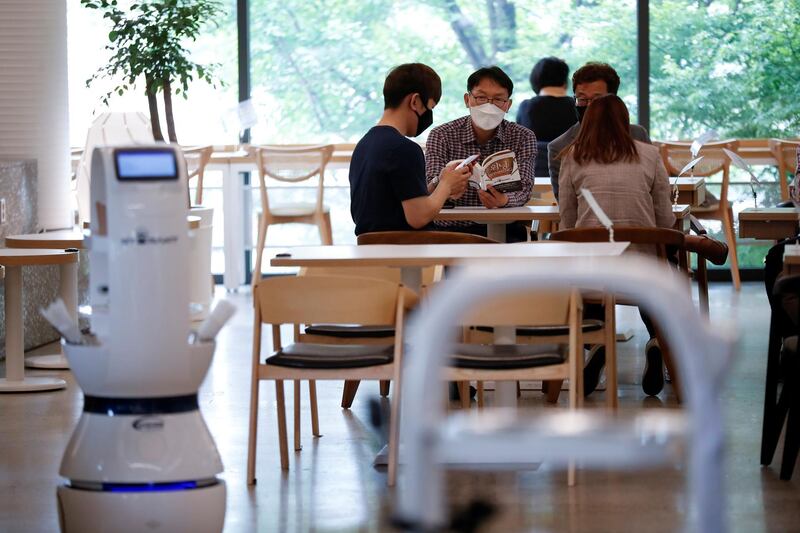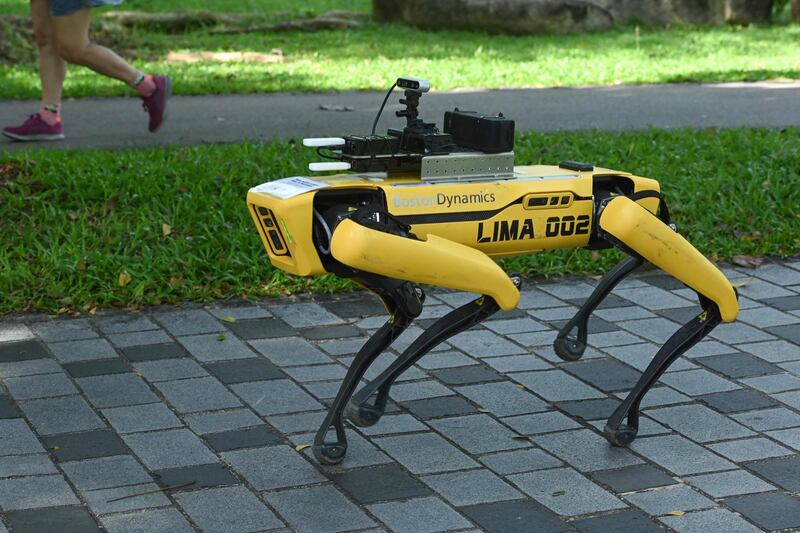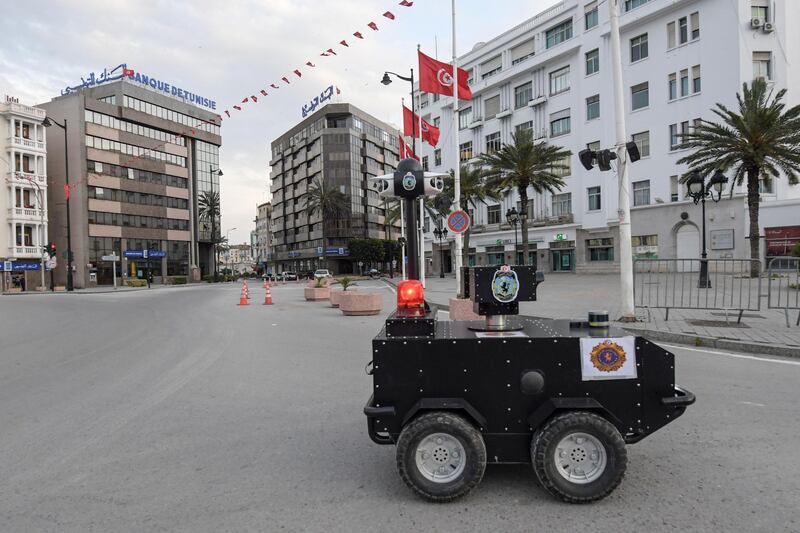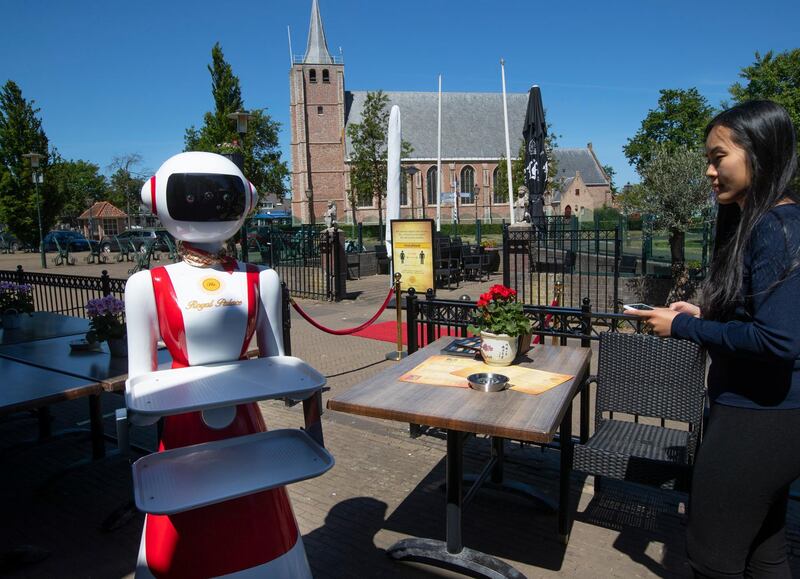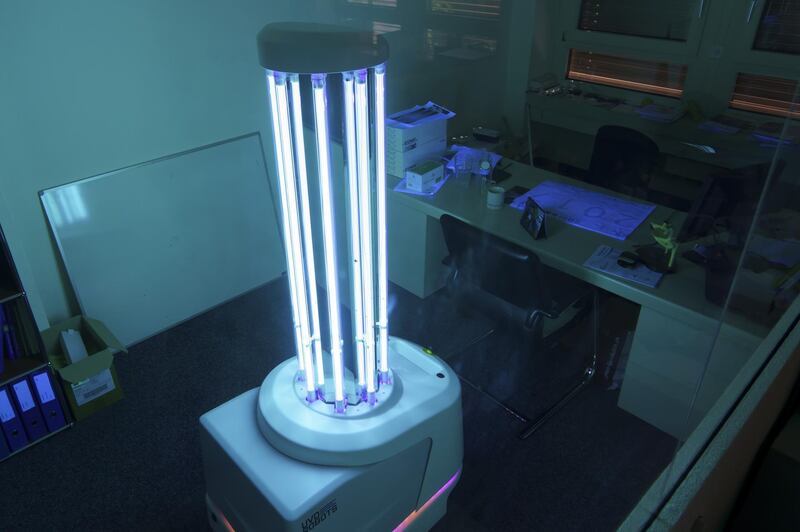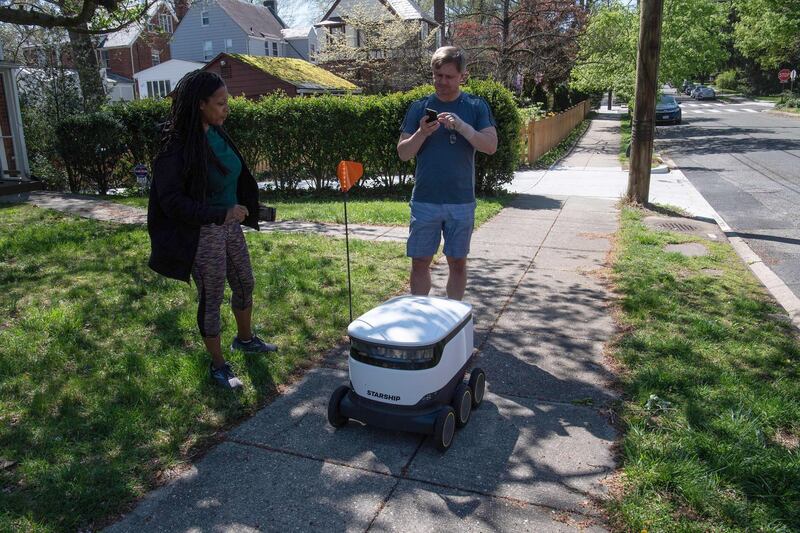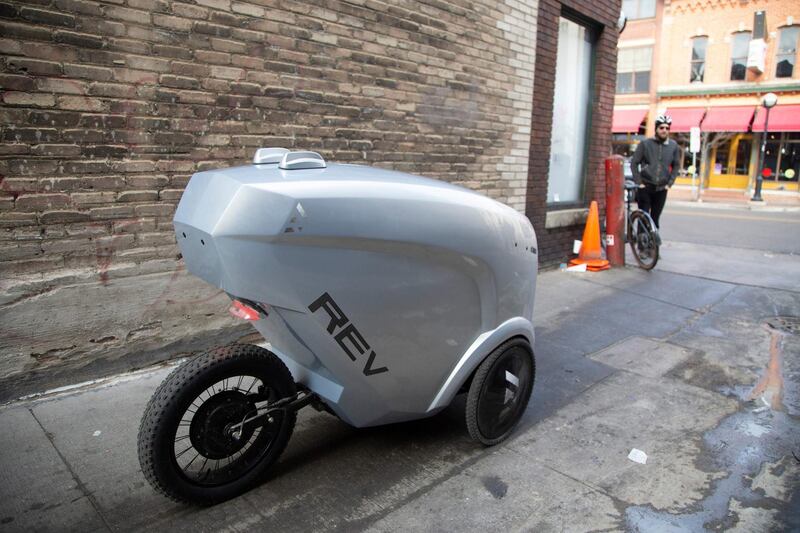We tend to think of robots as comically inflexible and perpetually blundering. That is partly down to the way they are depicted in science fiction, and partly because we have seen it ourselves; footage of robots malfunctioning is both funny and reassuring, perhaps because we simply do not want them to take over.
But with the spread of Covid-19 leading to restrictions on our activities, there suddenly seems to be more point in their existence. As previously safe jobs have become more hazardous, robots have been picking up the slack and stepping into the breach. Does the global health crisis mark the point where we start taking them more seriously?
When robot waiters first appeared in China in 2014, they were generally seen as a solution looking for a problem. A few months later, when three of them were “fired” from a restaurant in Guangzhou for incompetence, they became the problem, too. But in recent weeks, robots have appeared in a restaurant in the Dutch town of Renesse and a cafe in Daejeon, South Korea, and the reaction has been different. Their ability to take orders, serve food and clear tables now has a genuine purpose: to maintain social distancing between diners and employees.
“Robotics is definitely a trend that’s getting traction because of Covid,” says Rian Whitton, a senior analyst at ABI Research. “In terms of a robot waiter, I think that's still a gimmick, but there are other examples that have demonstrable value and are easy to deploy. One of those is disinfection robots.”
Last month, Amazon unveiled a robot designed to kill the novel coronavirus using ultraviolet light, and Chinese hospitals have been using similar machines sourced from Danish firm UVD.
“There’s an opportunity to use cleaning robots in retail stores or airports,” says Whitton. “Labour forces are stretched, there’s a need to increase productivity, and there’s an increased scrutiny of cleanliness in public spaces. Cleaning robots will become normalised as a result of Covid – partly because they’re already normalised in the home, with machines like Roomba.”
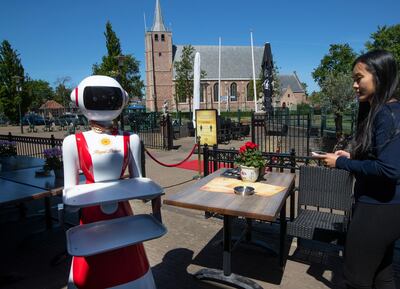
Towards the end of last year, Roxo, a delivery robot, was trialled at Dubai International Airport. It felt like a novelty at the time, but robots with a similar skill set have been visible in many parts of the world during the Covid outbreak. The Estonian-made Starship and Rev-1 in the US, both designed to transport food and consumer goods in urban settings, are increasingly been used. The recently announced plan by a British supermarket, the Co-op, to expand their robot fleet to 100 machines surely reflects a change in public perception; after all, every successful robot delivery is another reassurance of their reliability.
We’re not always so pleased to see them, however. In the Tunisian capital, Tunis, a four-wheeled robot by the name of PGuard has been used to monitor social distancing, approaching people in streets and demanding to see papers. In Singapore, they’ve used Spot, a robot dog made by US firm Boston Dynamics, to do a similar job, patrolling a park to monitor human activity and issue warnings.
“These robots are remotely controlled, so they are only semi-autonomous, and they are not cheap,” says Whitton. “The Boston Dynamics robots are about $200,000 (Dh734,600) each.”
Nevertheless, Spot has been seen helping out in other contexts, too. In its home of Boston, it has greeted patients at the city’s Brigham and Women’s Hospital with a tablet computer to allow them to see and speak to a doctor. Plans are even being made to use it to check vitals such as temperature, respiratory rate and pulse.
One thing is clear: the capabilities of today’s robots are a world away from those of their lumbering antecedents. A new study at Google shows how a four-legged robot can effectively teach itself to walk across a number of different terrains. In Australia, a firm has developed Hadrian X, a robot that can take a computer-generated 3D model and use it to lay bricks fast and accurately on a building site.
“Some of the technology on display is just phenomenal,” says Whitton. “It's far beyond anything that you might see in in most other fields. But these robots are incredibly expensive to produce and difficult to deploy. Any autonomous robot has faults, which means someone has to come in and put it back on track.”
At a time when the size of the economic fallout from Covid-19 is unclear, purchasing an army of robots would be a huge financial gamble.
For companies who can afford them, however, robots are instigating a quiet revolution behind the scenes. E-commerce firms are using them in warehouses to collect, sort and deliver items at speed, just to gain an edge over rival firms.
Whitton predicts that we’ll soon start seeing autonomous trucks in yards, handling materials to facilitate our online orders. “At a time when companies are trying to do more with less, automated solutions will do better,” he says. Covid-19 may not suddenly bring a phalanx of droids into our restaurants and shops. But in difficult circumstances, they’re doing their bit.
